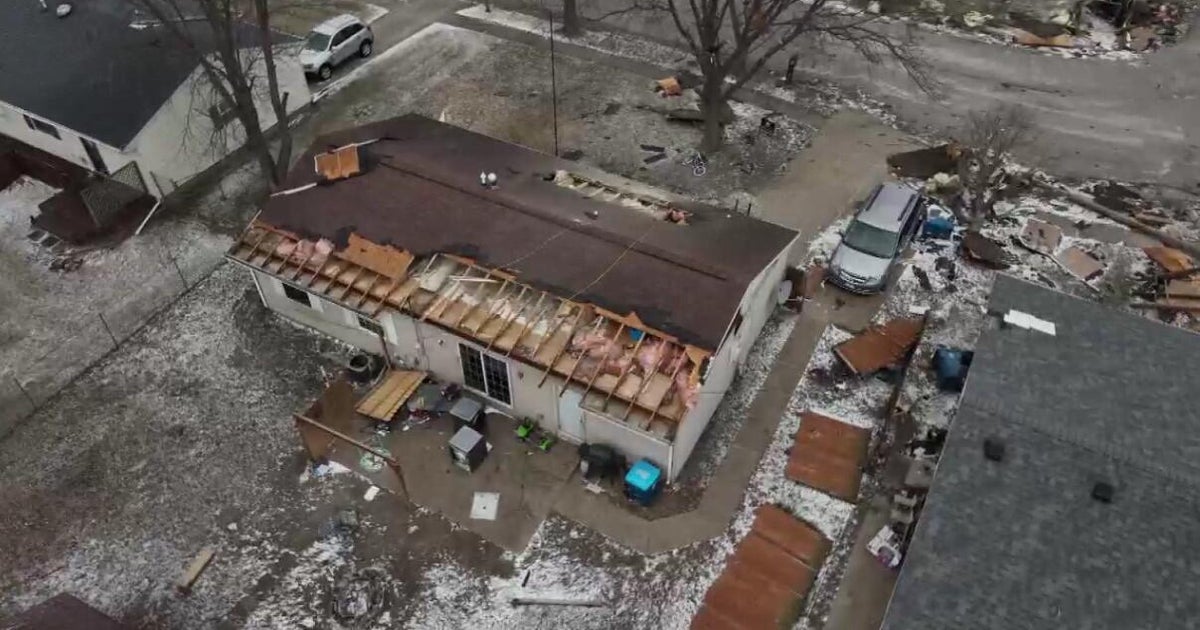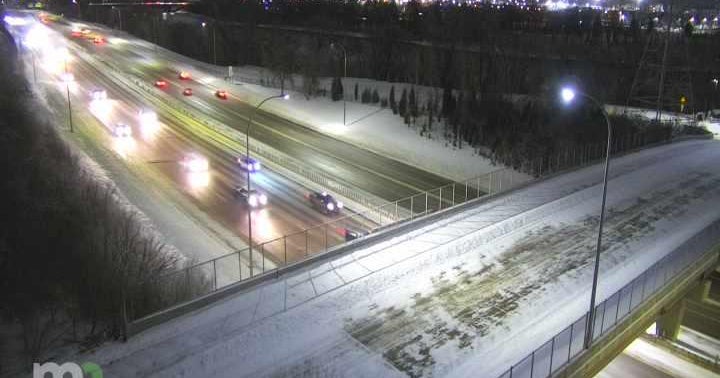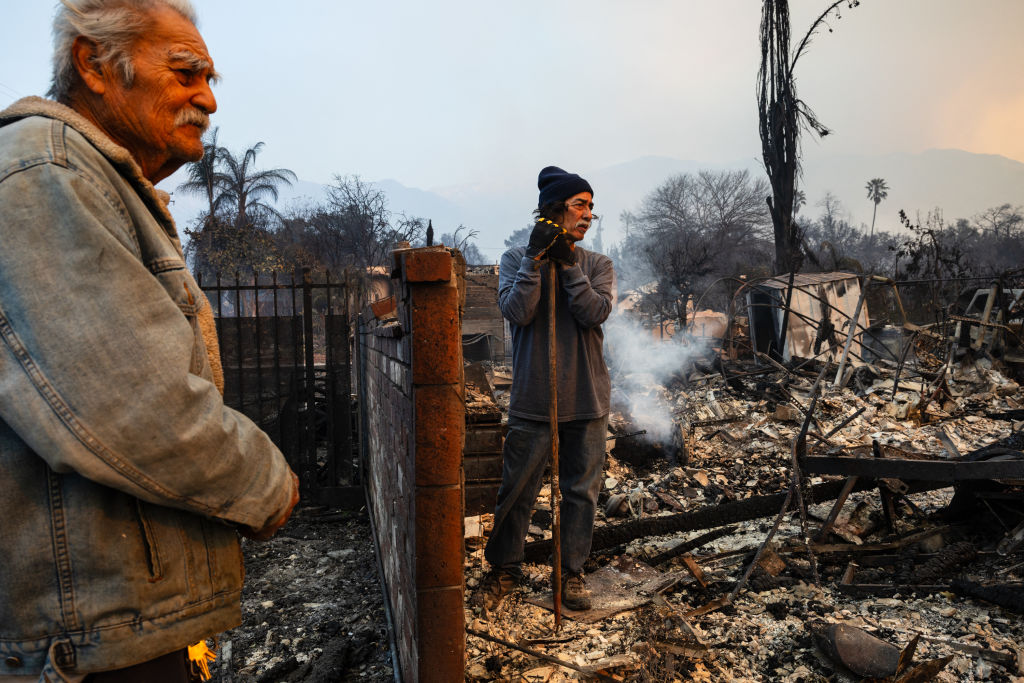"These losses were staggering": Destruction from Iowa's derecho still lingers one year later
Trees flattened. Homes leveled. Critical infrastructure to the region's agriculture industry destroyed. One year after a derecho, known as an "inland hurricane," roared through Iowa, destruction still lingers.
"Every time a storm comes through it's PTSD," said Iowa's State Climatologist Justin Glisan.
In 14 hours, the sustained line of storms covered 770 miles, moved from Nebraska to Ohio, causing more than $11 billion in damages and killing four people. It was the most devastating thunderstorm in American history.
Glisan, who had to evacuate his home during the raging storm after a gas main leak, said the lasting impact of the storm is the emotional toll it took on Iowans.
"I talked to farmers almost daily [after the derecho]," said Glisan. "It was almost like consoling people who had a death in their family because these losses were staggering."
The storm passed over 14 million acres of crops, which is equal to 66% of all the corn and soybeans planted in Iowa last year, according to the U.S. Department of Agriculture's Risk Management Agency. The crops were particularly vulnerable because at the time of the derecho, much of the Midwest was experiencing the effects of a drought, including extreme D3-Level drought along the storm's path.
"A derecho is such an ominous beast because it's wave, after wave, after wave of wind, as opposed to a tornado moving through or another severe thunderstorm because you have new thunderstorms going up in front as old thunderstorms die behind," said Glisan.
He estimated that in Iowa's 36-hardest hit counties, 6 million acres of row crops were damaged or destroyed in the aftermath. Ultimately, 440,000 acres of corn were completely abandoned after the storm -- putting tremendous stress on farmers' livelihood.
Fifty-seven of Iowa's 99 counties were hit by the storm. The derecho passed through the state with observed wind gusts at over 120 mph. Some estimates say they reached as high as 140 mph, the same force of a Category 3 or 4 hurricane. These storm patterns can last for nearly an hour long.
What differentiates a derecho from a severe storm or tornado is its wind speed and course. Derechos move horizontally with strong, sustained winds.
On average, they occur once every two years in the Midwest, with only 11 eleven recorded since 1980.
Unlike hurricanes or tornadoes, derechos are difficult to forecast, therefore making it difficult to warn people of impending danger, said Ray Wolf, Science and Operations Officer at the National Weather Service in Davenport, Iowa.
While farmers lost crops, communities lost critical infrastructure. Glisan said grain bins, "like sails in the wind," were torn to pieces, resulting in over 100 million bushels of storage lost and over $300 million in damages.
Through the help of insurance, many farmers have built back since the storm. However, according to the American Farm Bureau Federation, of the $490 million in crop losses, only $343 million was covered by federal crop insurance.
Not only was Iowa's agriculture devastated by the storm, but so was the state's tree canopy. More than 7 million trees across the state were damaged or lost over 89,000 acres, according to the Iowa Department of Natural Resources.
The majority of tree damage occurred in urban areas. In Cedar Rapids' Linn county, one of the hardest hit by the derecho, fierce winds did the most damage on the area's most mature trees, while younger trees closer to the ground were more likely to survive. The value trees bring to an ecosystem appreciates over time, said Iowa Department of Natural Resources urban forestry coordinator Emma Hanigan.
It could take more than 60 years for Cedar Rapids to regain the tree canopy it lost last year.
For Hanigan, the lasting impact of the derecho are the memories she has of the aftermath.
"Just seeing all the trees down — and I think for me knowing really that unspoken impact that they do have on our health and well being, it just made me so sad," she said. "I'm still experiencing grief."






